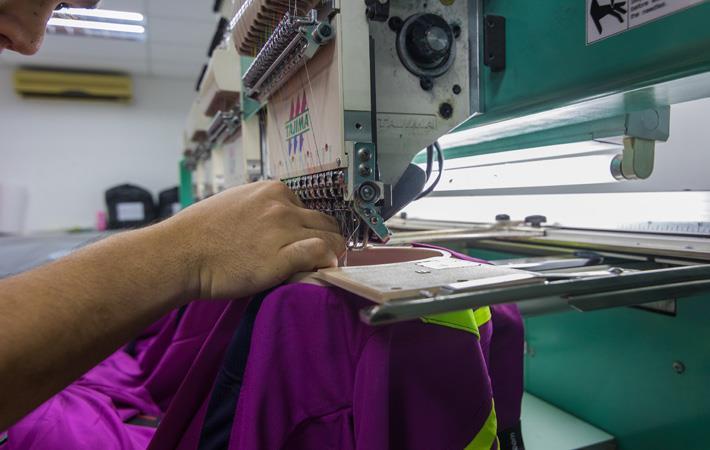The impact of COVID-19 on garment sector women has worsened due to underlying challenges, including discrimination and harassment, underrepresentation of women’s voice, wage gaps and unevenly shared unpaid care and family obligations, says a new brief titled ‘Gendered impacts of COVID-19 on the garment sector’ from the International Labour Organisation (ILO).
The brief aims to raise awareness of the gendered reality of COVID-19 and to outline how the pandemic impacts women and men workers in the garment sector.The impact of COVID-19 on garment sector women has worsened due to underlying challenges, including discrimination and harassment, underrepresentation of women's voice, wage gaps and unevenly shared unpaid care and family obligations, says a new brief titled 'Gendered impacts of COVID-19 on the garment sector' from the International Labour Organisation.#
“Women account for approximately 80 per cent of the garment sector workforce, so they are heavily affected to start with by many of the impacts of the COVID-19 pandemic. However, women also experience additional impacts due to the existing challenges they face in the workplace as well as expectations regarding women’s obligations in the home,” said Joni Simpson, senior gender specialist for the ILO’s regional office for Asia and the Pacific, in a press release.
Recent ILO research highlighted how major buying countries’ imports from garment-exporting countries in Asia had dropped by up to 70 per cent in the first half of 2020 due to COVID-19.
This has led to a sharp increase in worker layoffs and dismissals while factories that have reopened are often operating at reduced workforce capacity. The Asia-Pacific region employed an estimated 65 million garment sector workers in 2019, accounting for 75 per cent of all garment workers worldwide.
In a study conducted on garment workers in Bangladesh, Cambodia, Kenya, Lesotho and Viet Nam, ILO’s Better Work project found that waged employment helped advance women’s empowerment in societies considered to be highly gender.
Women’s employment in Better Work factories has enabled them to improve their leverage and influence in household spending and decision-making, and has increased men’s participation in unpaid care work.
However, given the potential, and perhaps sustained, loss of employment due to the coronavirus, opportunities for women’s continued empowerment may decrease as workers lose their financial independence and, in some cases, become dependent on their families.
“Women constitute 60 per cent of the workforce in the Bangladesh readymade garment industry. A drop in women’s employment will not only impede their economic and social empowerment, but will also give rise to shortage of experienced, loyal and skilled workers in the industry”, said Tuomo Poutiainen, country director of ILO Bangladesh.
Recommendations in the document include greater focus on retrenchment and closure practices as well as addressing women’s disproportionate unpaid care obligations so they can return to work as factories resume operations.
Efforts to address the COVID-19 pandemic should account for the unique ways that women and men may encounter the effects of the coronavirus at work, at home and in their communities.
Fibre2Fashion News Desk (DS)
